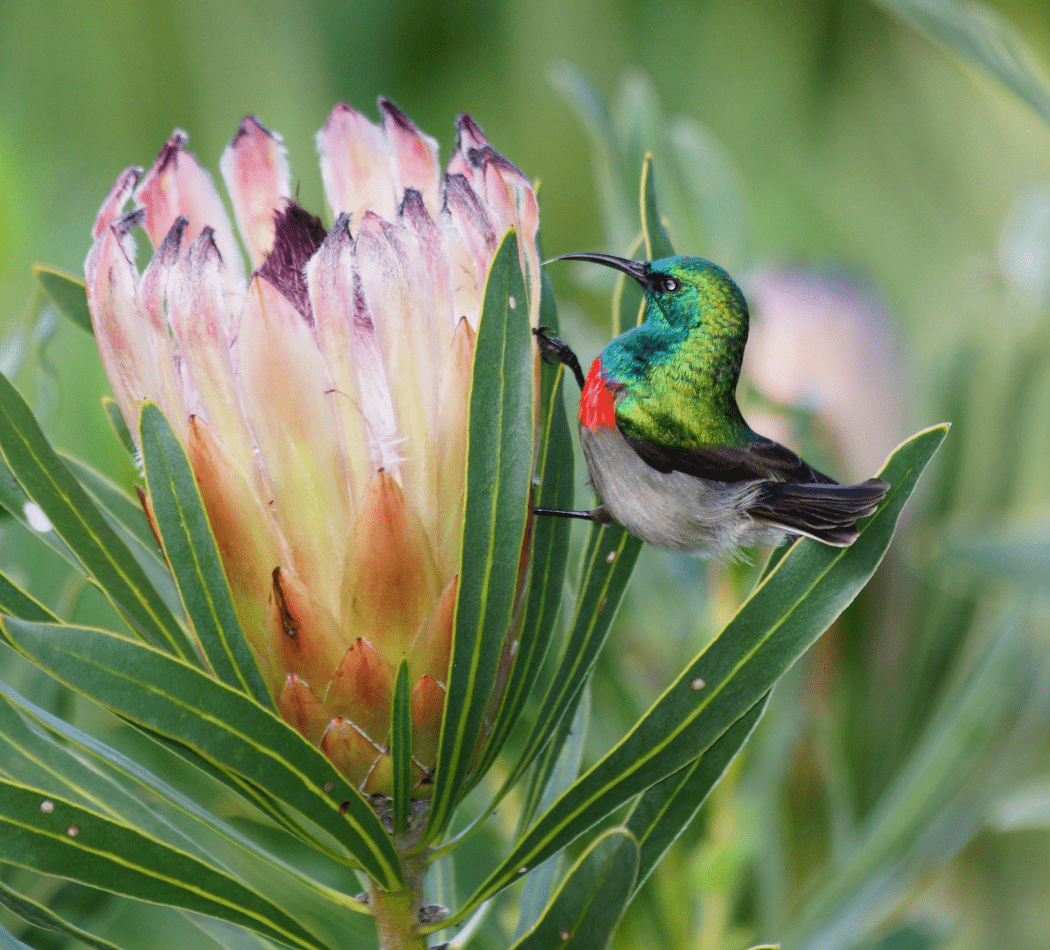Share this article
Why do seals get stranded in the Gulf of Maine?
Both social and environmental factors affect the number of seals reported as stranded on the beaches of the Gulf of Maine.
“By studying these marine mammals, we can understand something about the ecosystems in which they live,” said Kristina Cammen, an assistant professor of marine mammal science at the University of Maine.
Off the coast of New England, seals are often found dead or ailing on the beaches. Authorized marine stranding networks collect reports of these events thanks to their volunteers and members of the public who call in to a reporting hotline. The networks report data from these strandings to a national database.
In a study published recently in Marine Mammal Science, Cammen and her colleagues analyzed stranding data from harbor (Phoca vitulina), harp (Pagophilus groenlandicus), and gray (Halichoerus grypus) seals in New Hampshire, Maine and Massachusetts from 2002 to 2017. They sought to determine whether strandings correlated with human population density or climate patterns.
The reports showed that not all species were equally getting stranded. Gray seal strandings increased over the time period, while harp seal strandings decreased. The increase in gray seal strandings likely reflects a growth in overall population for this species in that time period, Cammen said.
Harbor seal strandings are reported more frequently than the other two species, in general, but their rate of strandings only increased slightly over the study period.
The researchers found that the North Atlantic Oscillation (NAO)—a cyclical water temperature pattern similar to, but not as strong, as the better known El Niño cycle in the Pacific—was correlated with strandings. More harp seal strandings were reported, for example, during the warmer phase of these multi-year climate cycles.
The NAO affected harp seals the most—likely because these marine mammals depend on sea ice in the Gulf of St. Lawrence and the coast off Labrador for breeding during the winter, Cammen said. When the water is in the warmer phase of the cycle, the ice doesn’t last as long during the winter. Pups get pushed off the ice a littler earlier than in colder years, leading to lower survival in general. Juveniles, meanwhile, tend to stray farther away and arrive in poorer condition in years with less sea ice. The shorter ice periods in those years likely make harp seals more vulnerable to starvation and other threats that may leave them stranded.

A responder with Marine Mammals of Maine assesses the condition of a stranded harbor seal pup. Credit: Marine Mammals of Maine
Harbor and gray seals, on the other hand, breed in the Gulf of Maine and aren’t as affected by changes in sea ice, Cammen said.
The proximity of humans or human development, and the proximity to seal colonies, also affected stranding patterns. The latter isn’t particularly surprising—more seals strand where more seals are found. But the reasons humans affect seal strandings are harder to tease apart. Human activities can directly or indirectly lead to marine mammal strandings, for example, through boat strikes or fishery interactions.
“In Maine, by far, the dominant way that humans interact with seals is harassment on the beach,” Cammen said, adding that seal mothers may abandon pups when humans are present on the beach and approach the seals.
But the increased number of reported strandings around human population centers could also just be due to the fact that there are more eyes on the beach and more people to report seals when they do become stranded. Remote areas could see just as many strandings that go unreported due to lack of people around to see them.
Viral outbreaks
In years with unusually high numbers of strandings during the study period, diseases were a major driver. Two viruses in particular affect seals, causing large die-offs and strandings. One of these is phocine distemper virus, which occurs semiregularly both on the American and European sides of the North Atlantic.
The other is avian influenza, which crops up in cycles as well. Seals can catch the highly pathogenic avian influenza that has been devastating birds in the summer of 2022, and have also been susceptible to other variants of the virus.
“Outbreaks of these two viruses cause large die-offs, predominantly in harbor seals and less so in gray seals,” Cammen said.
For her, this study represents a baseline for understanding seal die-offs in the Gulf of Maine.








